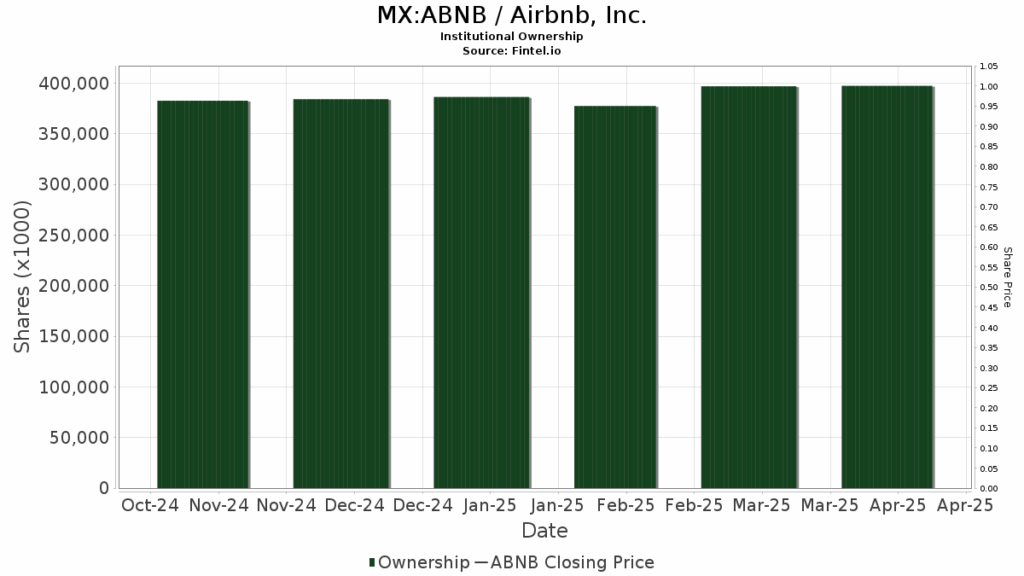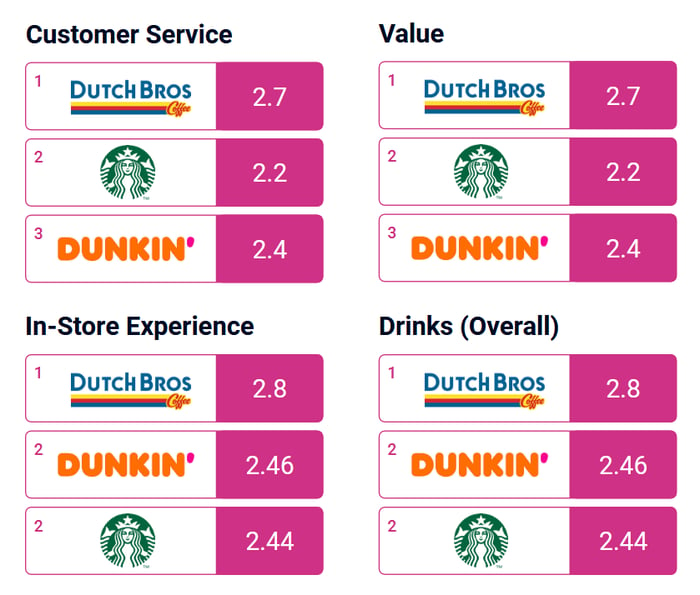Five Growth Stocks to Buy in May for Long-Term Gains
Many investors know the saying, “Sell in May and go away.” This strategy suggests that stock market returns tend to drop from May to October compared to the November-April period. While historical data supports this notion, recent years have shown less consistency.
Instead of following the seasonal selling trend, I propose a different approach. Here are five growth stocks to consider buying in May and holding for the long term.
1. Amazon
Amazon‘s (NASDAQ: AMZN) shares are currently over 20% below their previous peak. Historically, similar drops have signaled excellent buying opportunities. I expect this pattern to hold.
While we could discuss Amazon’s latest earnings or tariff effects, the crucial aspect is its bright long-term outlook. The company has significant room for growth in its e-commerce sector. Additionally, Amazon Web Services continues to lead the cloud services market, poised to benefit from advancements in artificial intelligence (AI) over the coming years.
Furthermore, Amazon is venturing into new areas, recently launching the first satellites for Project Kuiper, which aims to deliver high-speed internet globally.
2. Meta Platforms
Meta Platforms (NASDAQ: META) often goes unnoticed in the AI landscape, but this could change soon. CEO Mark Zuckerberg recently announced that Meta AI has nearly 1 billion monthly active users, a figure expected to grow with the app’s launch on Apple‘s App Store and Alphabet‘s Google Play Store.
In addition to AI developments, Meta is making strides with its smart glasses, which could yield significant returns in a few years. Currently, the company remains a cash-generating machine, with its apps reaching 3.43 billion active users daily—nearly 42% of the global population—ensuring a steady influx of advertising revenue.
3. Nvidia
Nvidia (NASDAQ: NVDA) has faced some criticism recently, notably due to the Trump administration’s proposed ban on certain AI chip exports to China. However, the company remains a dominant player in the AI chip market.
Demand for its new Blackwell GPUs is strong, and reports suggesting that major clients, including Amazon, were slowing AI investments appear exaggerated. While Nvidia may not replicate its rapid growth from previous years, buying shares now—down nearly 30% from their peak—could yield substantial rewards.
4. The Trade Desk
The Trade Desk (NASDAQ: TTD) has seen its shares decline over 50% this year. While macroeconomic factors contributed, the company also reported weaker-than-expected revenue in its fourth quarter—a rare occurrence.
Although an immediate recovery isn’t anticipated, management has identified areas for improvement. The digital advertising market is valued at over $935 billion and continues to expand, particularly in connected TV and ad-supported formats. With roughly 88% of The Trade Desk’s ad revenue generated in the U.S., I believe the company is positioned to capitalize on future opportunities.
5. Vertex Pharmaceuticals
In contrast to the other stocks, Vertex Pharmaceuticals (NASDAQ: VRTX) has seen a remarkable 26% increase in share price this year. I believe there’s still growth potential ahead.
The company has successfully launched three new products. Its gene-editing therapy, Casgevy, is gaining traction with recent FDA approvals for treating sickle cell disease and transfusion-dependent beta-thalassemia. Additionally, Alyftrek received FDA approval for cystic fibrosis treatment, and the FDA approved Journavx as a non-opioid pain reliever.
I anticipate each of these drugs becoming market leaders for Vertex. The company’s developmental pipeline also holds promise, featuring late-stage candidates targeting kidney conditions and a potential cure for severe type 1 diabetes. Investors who acquire shares of Vertex Pharmaceuticals now may see substantial returns in the decade to come.
Conclusion
Investing in these growth stocks this May could lead to fruitful long-term rewards. Take the opportunity to consider these stocks for your portfolio.
The views and opinions expressed herein are those of the author and do not necessarily reflect the views of Nasdaq, Inc.



